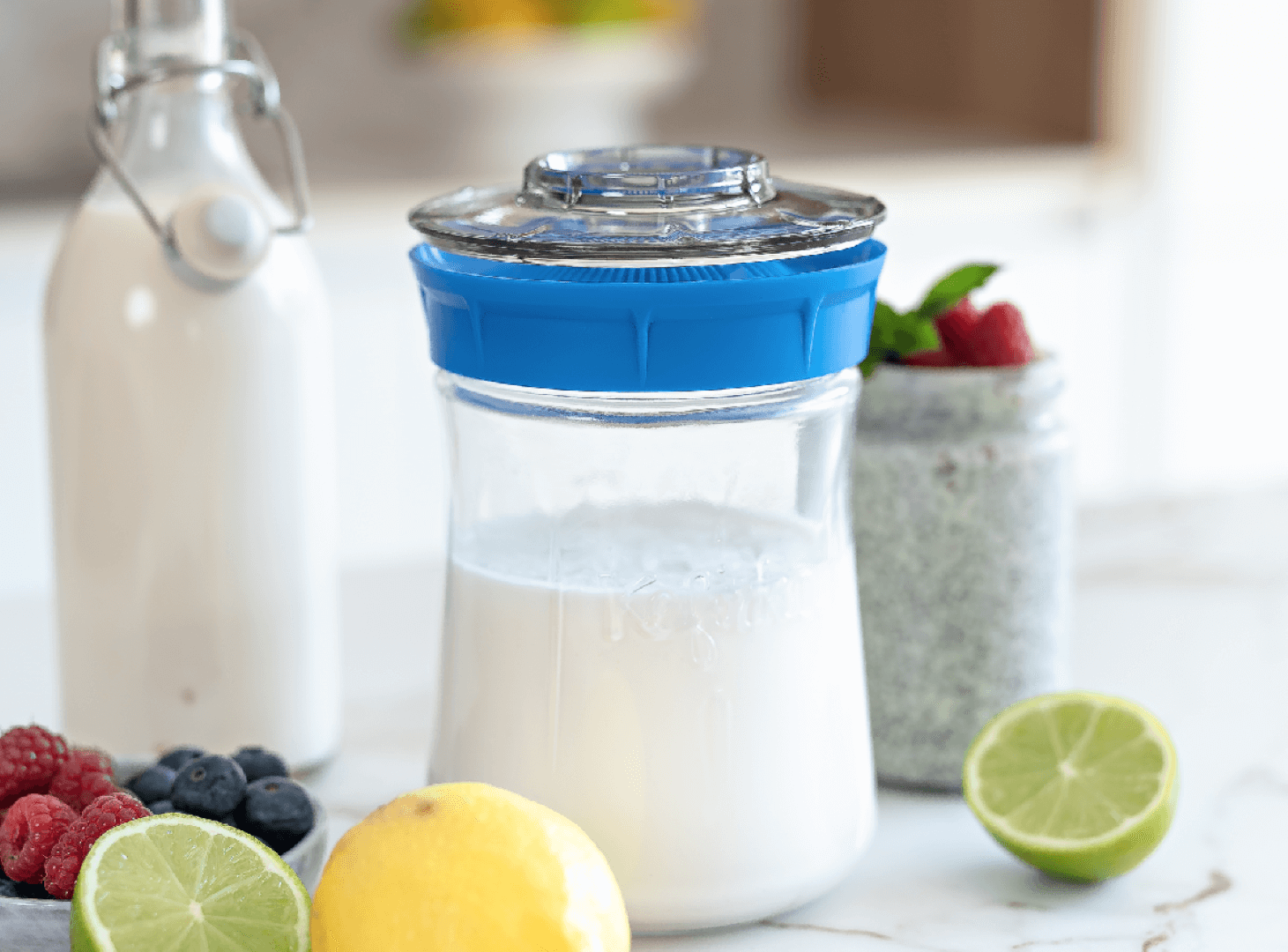Open or closed lid? Role of Air in Fermentation
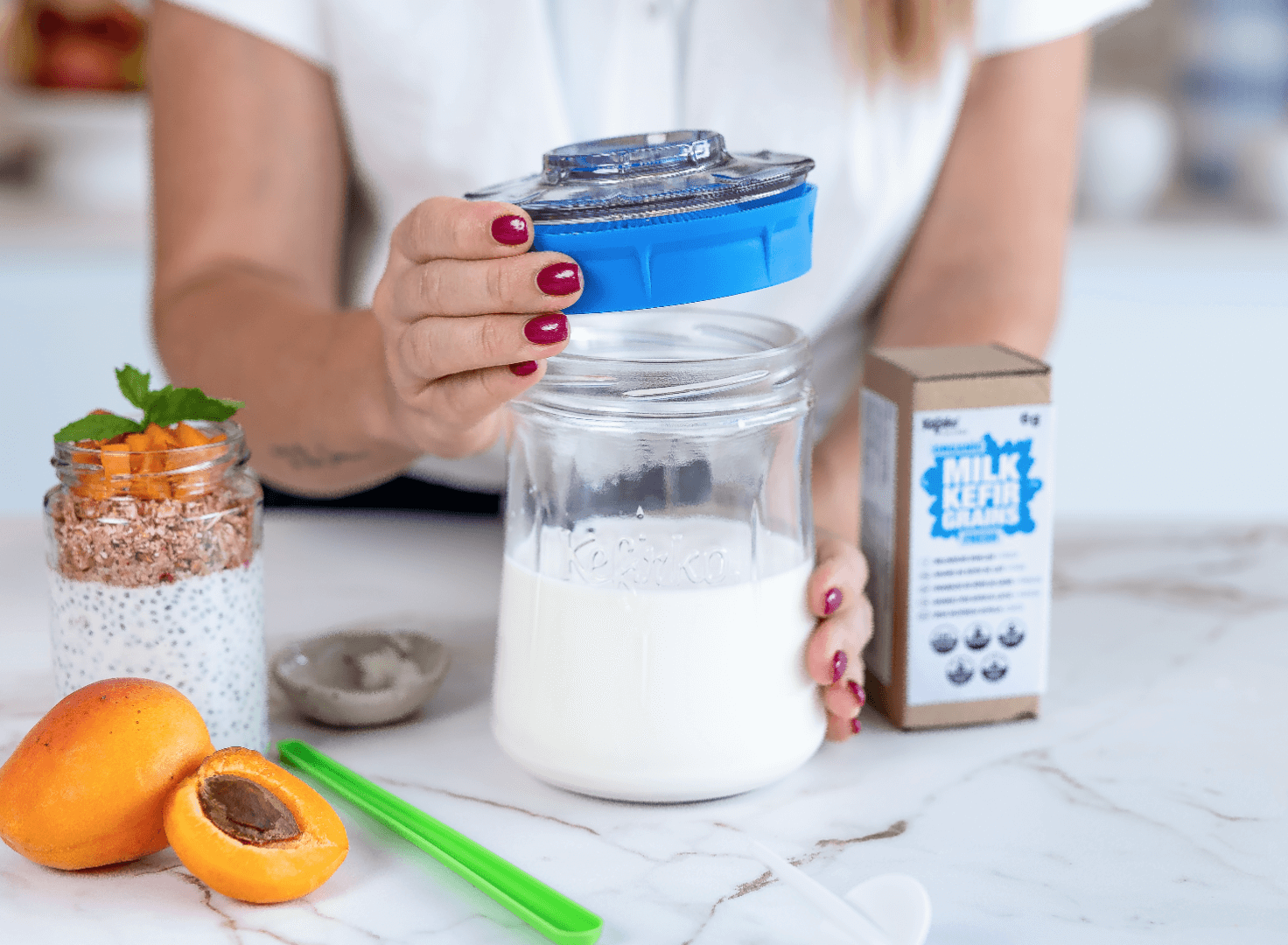
Fermentation is a fascinating process where tiny microbes turn sugars into delicious things like kefir, kombucha, and kimchi. But imagine a party – things can get out of hand with an uninvited guest! In fermentation, that guest can be air.
How is air the problem?
Too much air can mean trouble: Excessive air exposure can lead to problems like mold growth, off-flavors, discoloration, nutrient loss, and even vinegar overload in kombucha!

Too little air can lead to stagnation: Some ferments, like those using starter cultures, actually need a small amount of air initially to kickstart the process. Without any air, fermentation might slow down or stall completely.
Aerobic vs. Anaerobic fermentation
Aerobic Fermentation: These microbes, like those used in vinegar production, require a constant, small supply of air to thrive. They break down sugars and produce byproducts like acetic acid and alcohol.
Anaerobic Fermentation: Here, microbes don’t need (and might even be hurt by) oxygen. Think of sauerkraut and kimchi – these ferments rely on anaerobic microbes that produce lactic acid, giving them their tangy flavor.

Mixed Fermentation: The Best of Both Worlds?
Sourdough Bread: The starter culture initially benefits from some air exposure, but the actual bread dough ferments in an anaerobic environment.
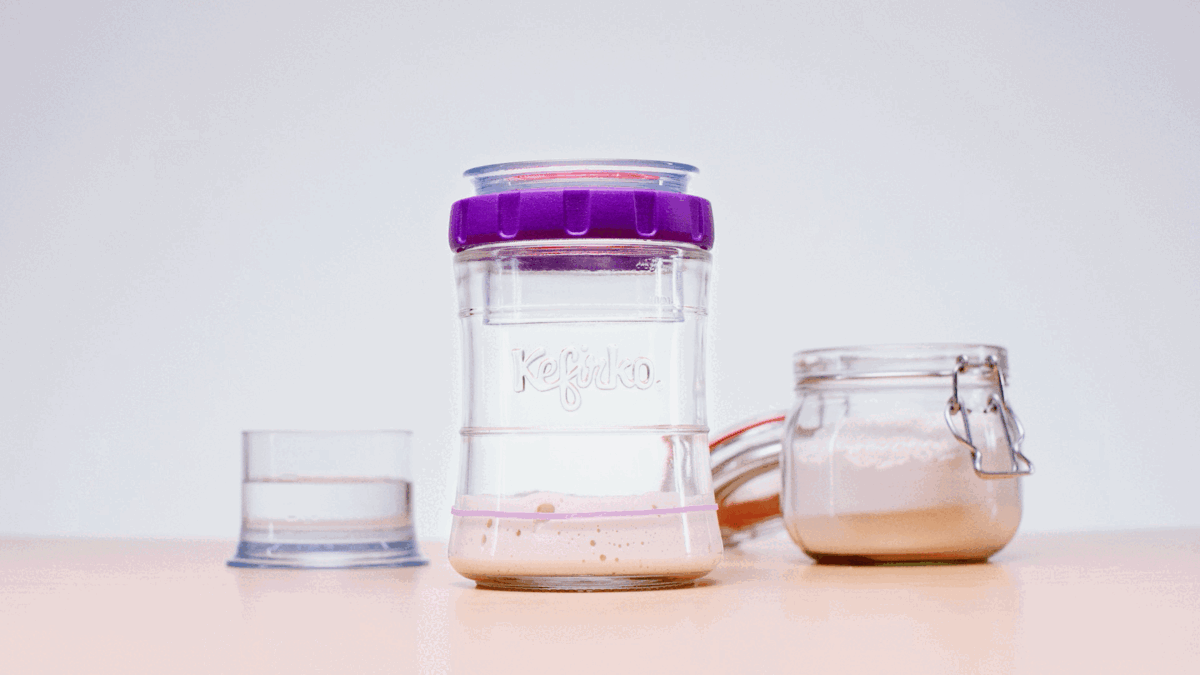
Kombucha: While kombucha is primarily an anaerobic fermentation, some argue that limited air exposure early on can contribute to the development of a complex flavor profile.

Kefir: Unlike strict anaerobic ferments where air is completely excluded, some argue that kefir might benefit from a small amount of air exposure during the fermentation process. This allows some aerobic yeasts to contribute to the development of flavor and aroma profiles.
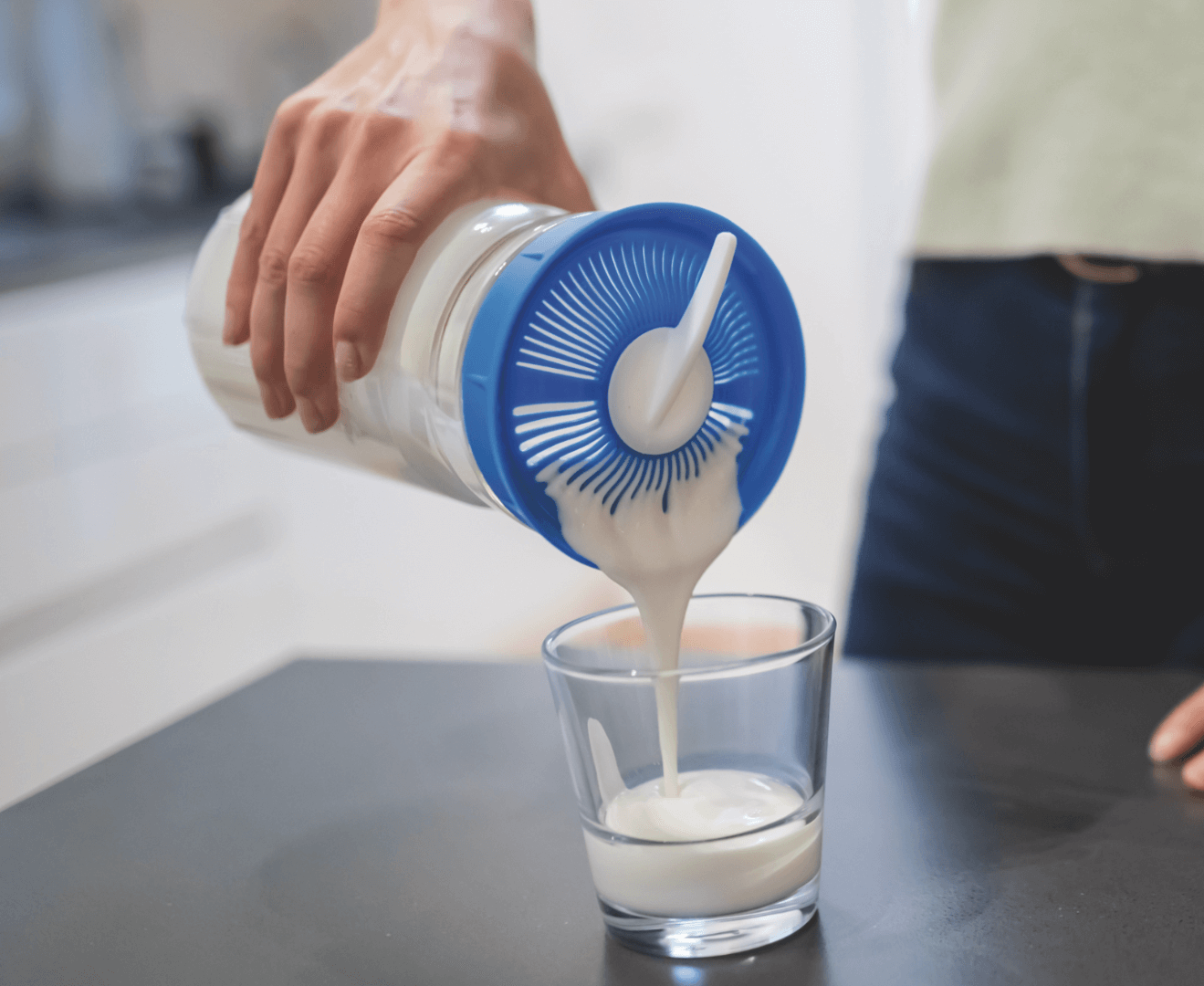
Don’t miss out on the new content about fermenting!
Subscribe to Kefirko newsletter
Controlling the Air Flow: Your Fermentation Tools
Glass Weights: Keep vegetables submerged in your ferment to prevent them from coming in contact with air and mold growth.
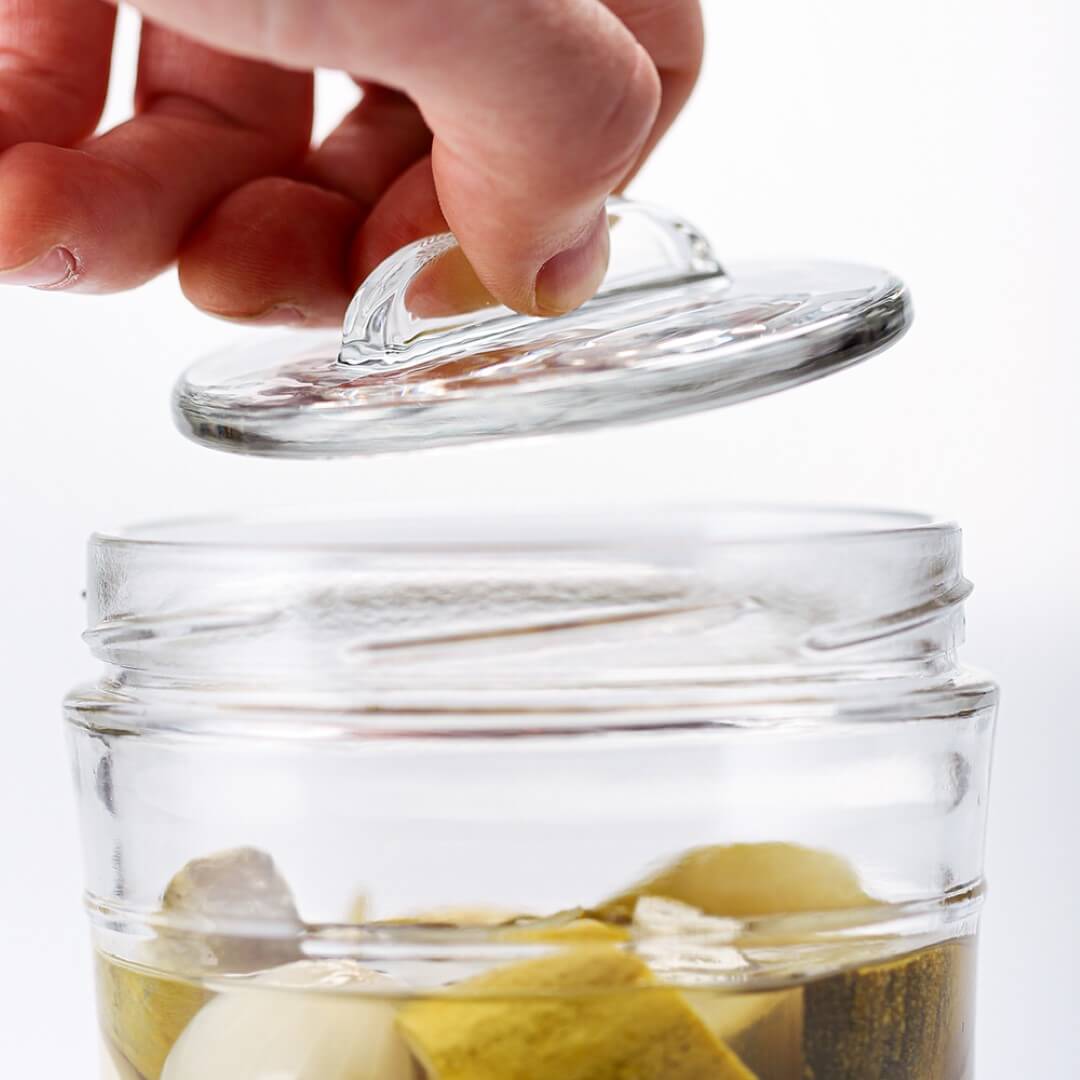
Airtight Lids with Pressure Release: Ideal for ferments like where you want to exclude air but allow pressure release (CO2).

Vacuum Pumps: To remove air from the jar.
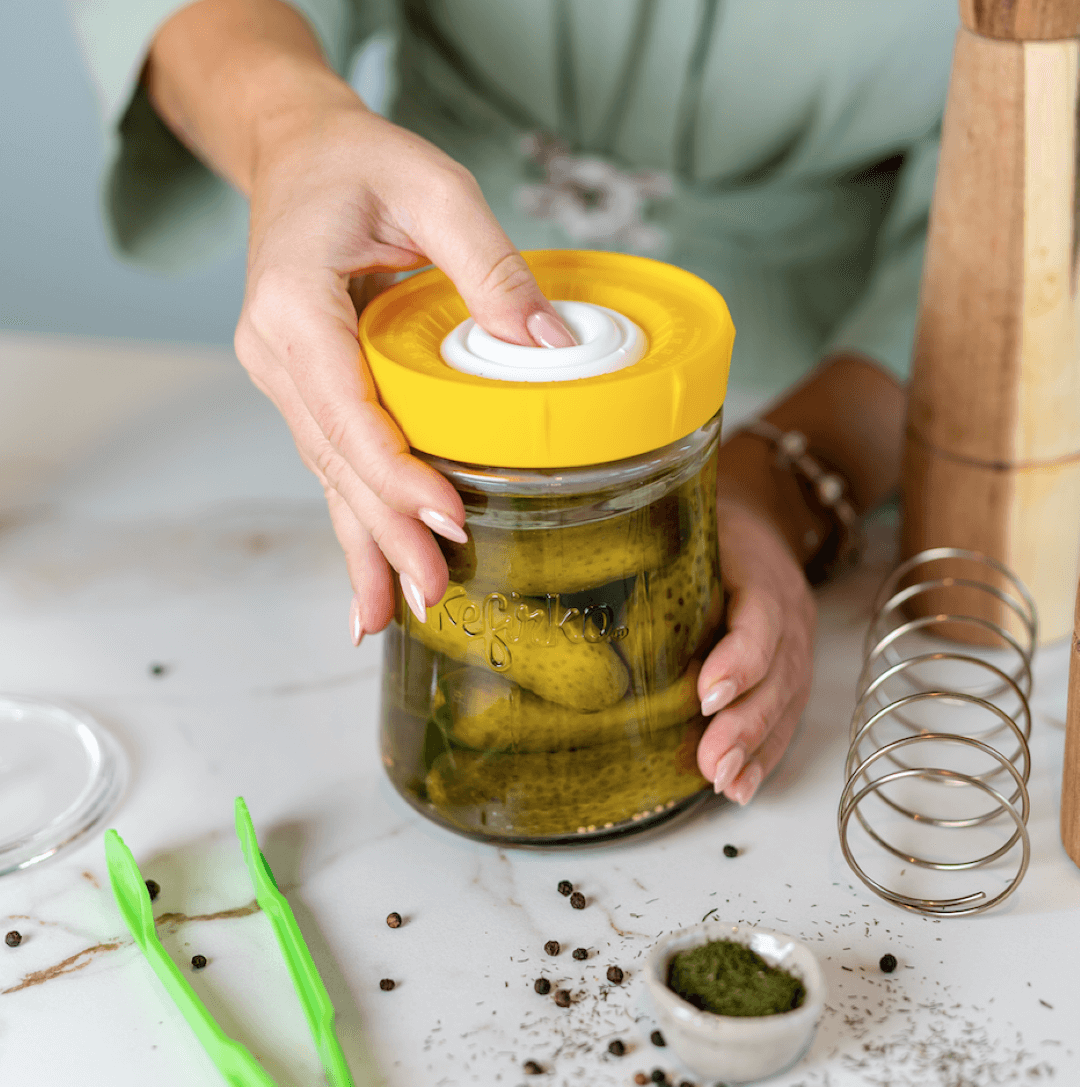
Lids with Partial Openings: Perfect for kombucha sourdough and kefir ferments where the air is OK in initial phases and does not really harm the fermentation but at the same time they allow protection from contaminants and insects in the air.
